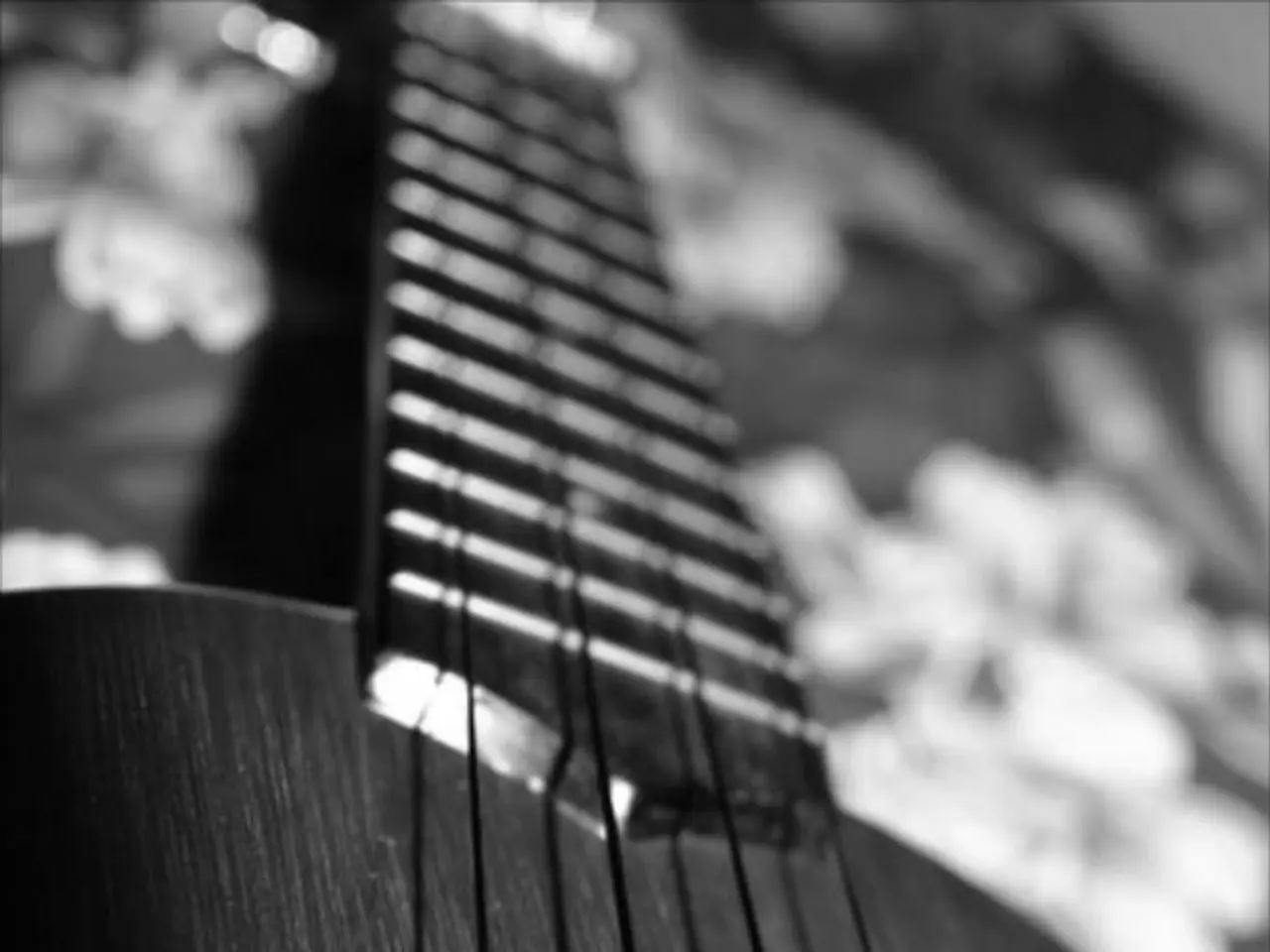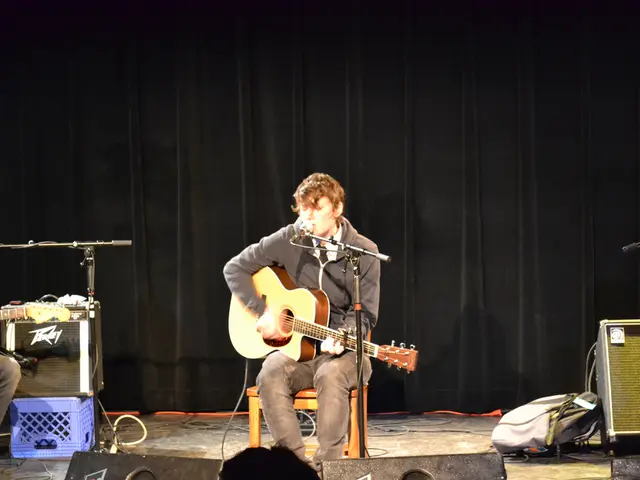Understanding: Counterpoint is a concept in music, specifically harmony, where two or more melodic lines interrelate with each other, usually in conflict or contrast.
In the world of music, the term "counterpoint" is a fundamental concept that has shaped the course of Western art music for centuries. But did you know that its roots can be traced back to the medieval Latin phrase "punctum contra punctum," meaning "point against point"?
This phrase, a historical precursor to what is now known as counterpoint, refers to the practice of combining two or more melodic lines against each other. Originating in the beginnings of the XIV century in Europe, it emphasizes the idea of placing one musical note in relation to another, creating harmonic and rhythmic interplay.
In the context of neumes, early musical notation signs used in the Middle Ages primarily for chant, "punctum" also denotes a single note or pitch. Although early neumatic notation was more about melodic contour than strict pitch or rhythm, the concept of individual "puncta" was crucial for marking notes in plainchant. The development from neumatic notation with individual points gradually evolved into more precise systems to handle multiple simultaneous notes — laying the groundwork for counterpoint.
Counterpoint, as "punctum contra punctum," reflects a systematic approach to writing multiple melodic lines with prescribed relationships. This method governed intervals, dissonances, and consonances to achieve harmonic coherence and artistic complexity. It became a defining technique of Western music from the Medieval through Renaissance periods and beyond.
Polyphony, characterized by simultaneous, independent melodic lines, owes much to the principles laid out in punctum contra punctum/counterpoint. Early polyphony began as simple note-against-note combinations, but the practice evolved into intricate contrapuntal compositions, especially notable in the works of J.S. Bach and other Baroque composers.
In the study of Counterpoint, there is a focus on writing fresh, lifelike harmonic progressions while preserving a natural, convincing voice leading. The book of Knud Jeppesen clarifies the matter of Counterpoint, emphasizing the importance of writing beautiful and independent melodies while developing chordal combinations as fully as possible. Voice Leading is a main topic in the study of Counterpoint, focusing on the coherence and logic of melodic lines and the principles of musical discourse that will be expanded in the study of Harmony.
For a tangible example of how neumes sounded, one need only look to the "Sequentia: Dies Irae." An online lesson is available to analyze the Counterpoint concept, making it accessible for modern learners to delve into this rich history and understand its impact on the evolution of music. The Counterpoint series offers lessons on Invertible Counterpoint and the five species: first, second, third, fourth, and fifth, designed to make learning Counterpoint easy.
In summary, "punctum contra punctum" represents a crucial historical and theoretical bridge from monophonic chant notation (neumes) to the rich, structured interplay of sounds in polyphonic music through the discipline of counterpoint. This phrase and practice have left an indelible mark on the history of Western art music, shaping the way we understand and create music to this day.
A composer studying music theory might delve into the historical roots of counterpoint, tracing its development from the medieval Latin phrase 'punctum contra punctum' and observing how it influenced the growth of polyphonic music. Accordingly, a mastery of counterpoint not only allows for the writing of fresh, lifelike harmonic progressions but also provides a foundation for understanding and creating music that carries the legacy of centuries.








